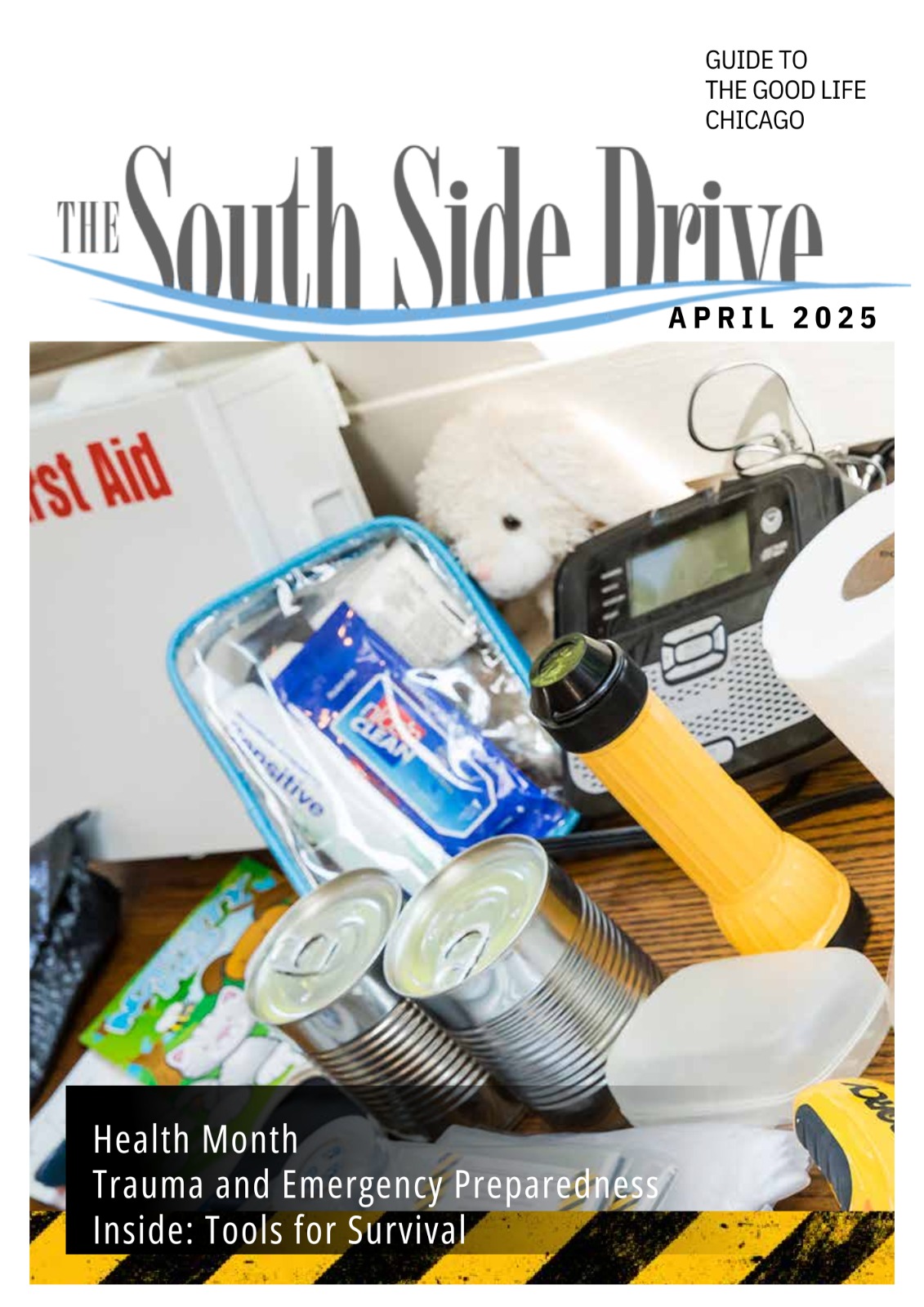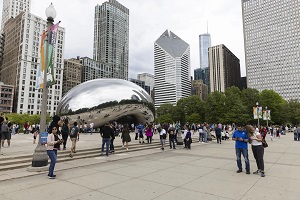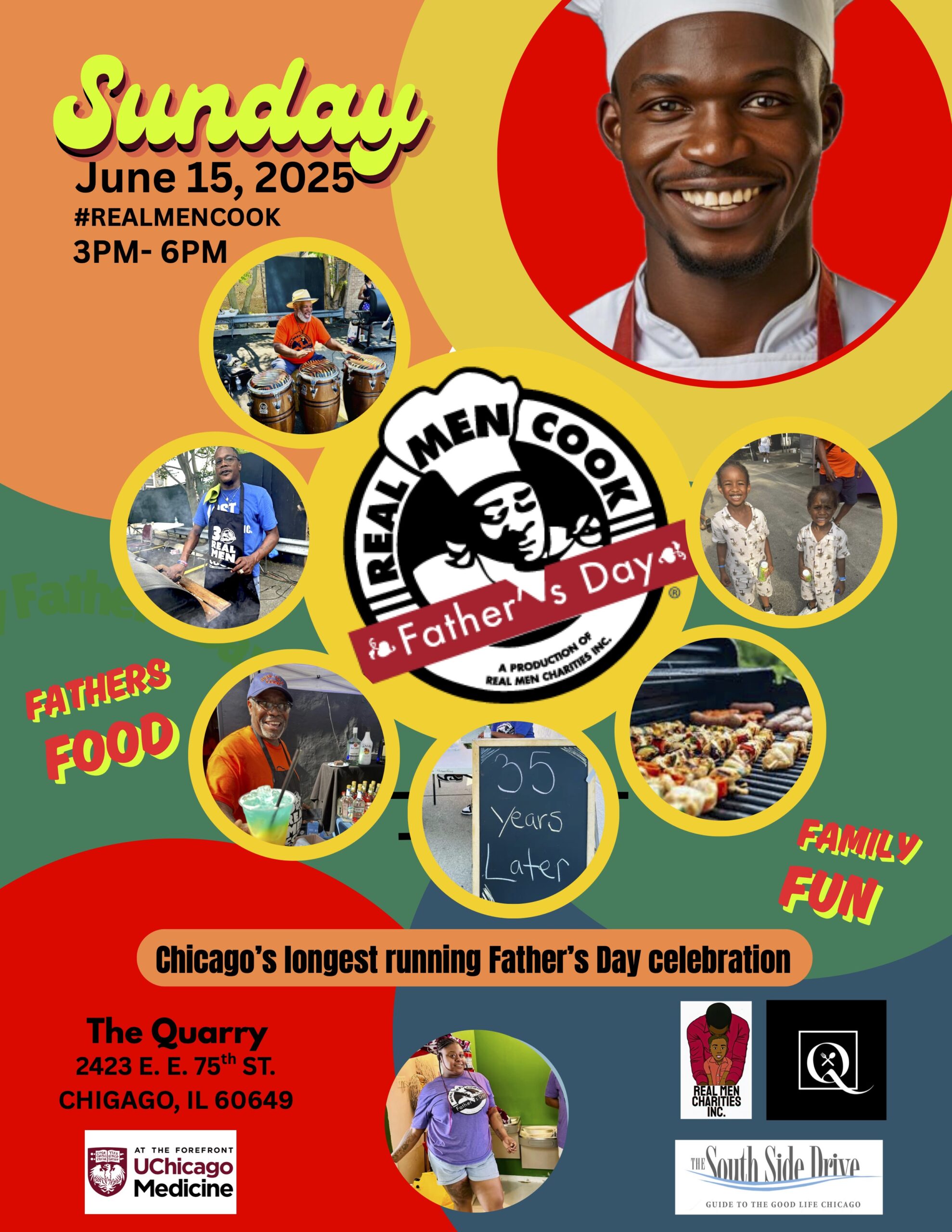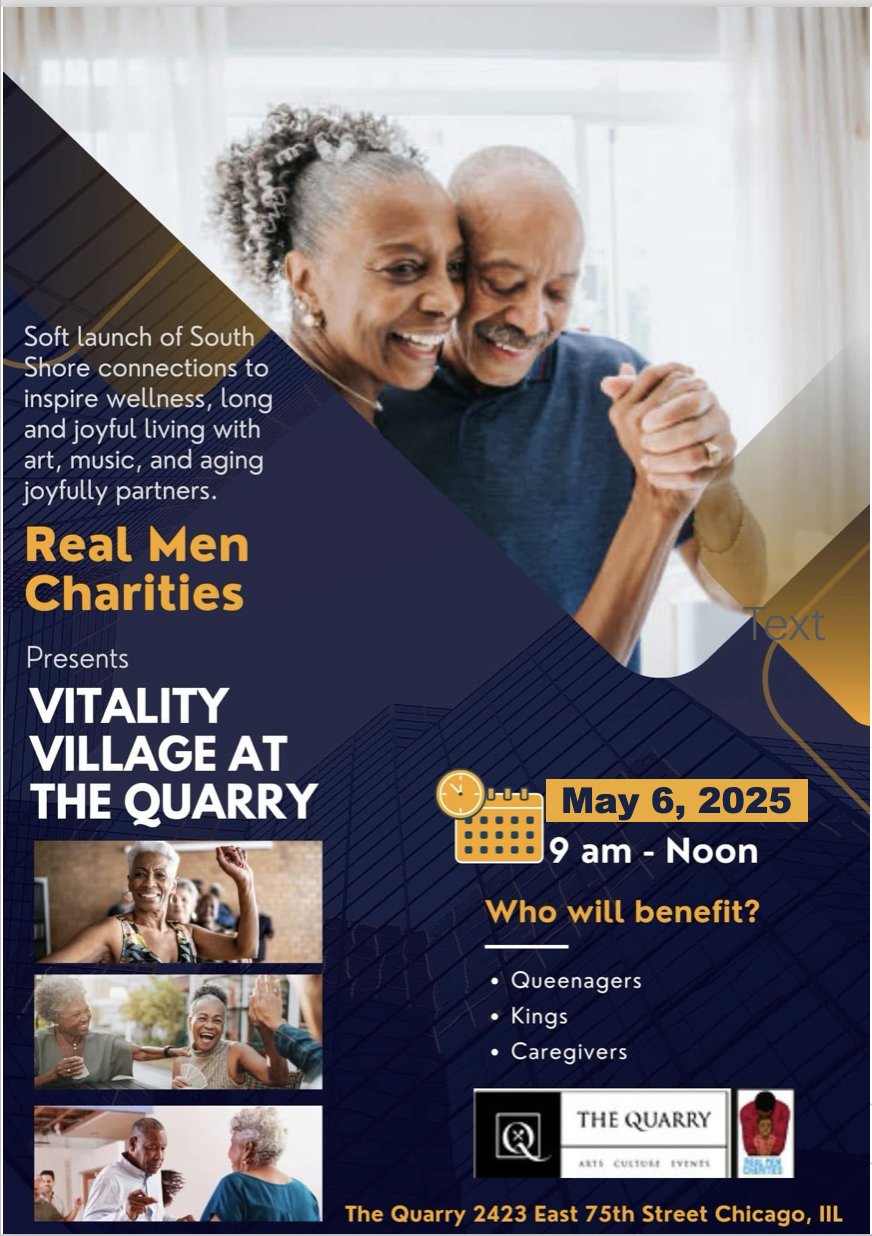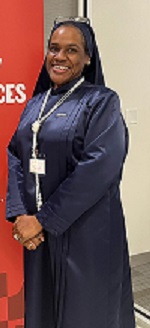Over the past few summers, Chicago’s youth have been required to follow numerous city-wide curfews. Most recently in April, the city decided to place a curfew for minors at Millennium Park, restricting anyone under 18 from entering after 6 PM, without an adult. This policy also comes with bag checks, where items such as mace will be removed before entry. This comes as a result of two teens being shot downtown, while large crowds of teens gathered to run through the streets. Last year a sixteen-year-old was also shot at the Bean. While the violence is heartbreaking, and many downtown residents find the commotion annoying, we should still be mindful and engaged with the ways that police enforce these blanketed policies.
Given the city’s pattern of enforcing curfews during times of racial injustice, Chicago’s youth and community organizers have labeled these practices as racist. As a teenager, I too experienced being denied access to places like Water Tower and Chicago Ridge Mall, and always felt that my race played a factor in why I could no longer enjoy those spaces fully. While it is implied that these curfews apply to all teens, the unspoken part is that it’s most important to keep out teens who look like they could cause trouble. And Black teens in this city are well aware that they always fit the description of a troublemaker, regardless of whether they are with a group or by themselves. I mean I’ve never seen an officer or anyone stop a white teen from entering any public space in this city. Many of my peers noticed that we were the ones getting the brunt of the harassment, which indicates that these curfew policies should be evaluated, and if need be, challenged.
Curfew reports from the Police Department show that the districts with the most violations included neighborhoods such as Englewood, Humboldt Park, and Morgan Park. Organizers have highlighted that the concentration of activity in Black and Latino neighborhoods increases the chance that the youth will have encounters with police, potentially putting them in physically or legally dangerous situations.
According to police, their “resources”, which include more police presence and surveillance through their Strategic Decision Support Centers, will be used to help manage these potentially violent gatherings. The usage of ”resources” this way is almost offensive, given how deprived our communities are of basic needs. The effects of the school closings that have happened on the South side continue to impact Black students. Many neighborhoods on the South side are food deserts and lack proper development.
The resources that young people need are constantly withheld, while this city pours nearly 2 billion dollars into policing. Increased surveillance is only useful for intercepting the chaos, but it does not address the cause of these behaviors. Investing actual resources into their neighborhoods, so that Black youth can experience a well-maintained community would transform the way that they interact with public spaces. Mayor Brandon Johnson has responded to the curfews by saying, “it is not constructive to demonize youth who have otherwise been starved of opportunities in their own communities.” While he did say that the violence is unacceptable, the acknowledgement of inequality in that same breath makes me optimistic for more aware responses from the city in the future.
The reality is that the “respect” for public spaces, which everyone demands these kids should have, has not been fostered by their lived experiences. Unlike Millennium Park, their local park may not be safe or may not have activities which they can participate in. There probably aren’t many restaurants with outdoor patios, large stores to shop at, or cool landmarks to take pictures in front of. All these things that teens enjoy doing, and white teens in this city get to experience freely, are not accessible to so many Black youth in their daily lives. We live in one of the most segregated cities in the country, infamous for its redlining practices, and this cannot be divorced from the issues plaguing Black kids on the South Side today. If they don’t know how to engage safely downtown and respect property, it’s probably because they have not been handled safely or with respect. If they are destructive, it’s because so much of what they see is broken down or abandoned. But when some kids cause trouble in a Metropolitan area, where wealthy white people work, all of a sudden, the city wants to be restrictive. Everyone should realize that ignoring the depth of inequality in this city will become impossible, because commotion, violence, or “ghetto” behavior, is just a symptom of a larger systemic issue that isn’t being resolved. White professionals will not be able to enjoy their weekly work lunches at Remmington’s without chaos happening on Michigan Ave, and they shouldn’t be able to. Slowly but surely these glaring class and racial imbalances will pollute everything, if Black and Brown neighborhoods are not maintained equally.
Kayla Hodge is an artist, writer and student at DePaul University, whose writing highlights youth perspectives on politics, culture and community.
